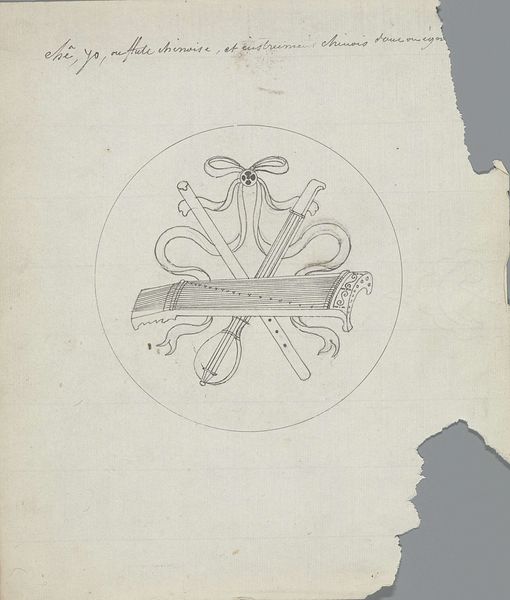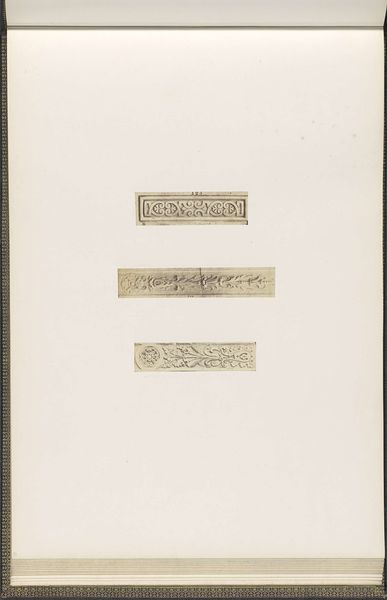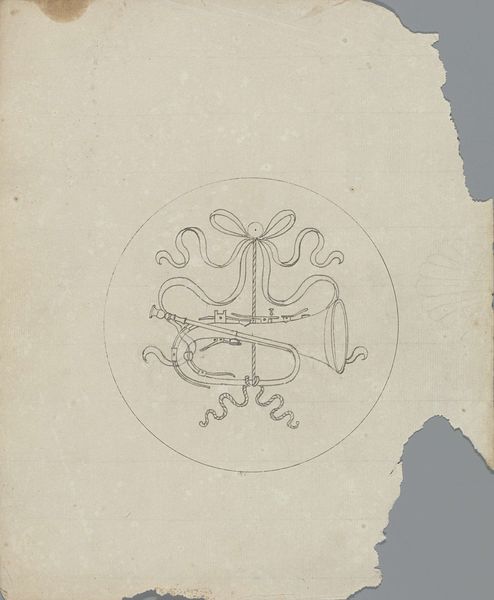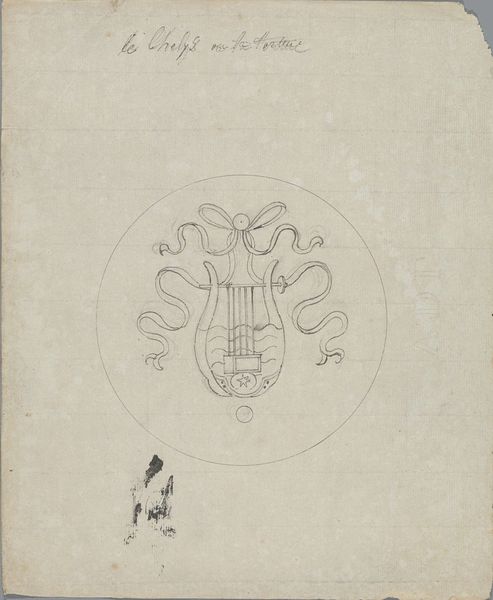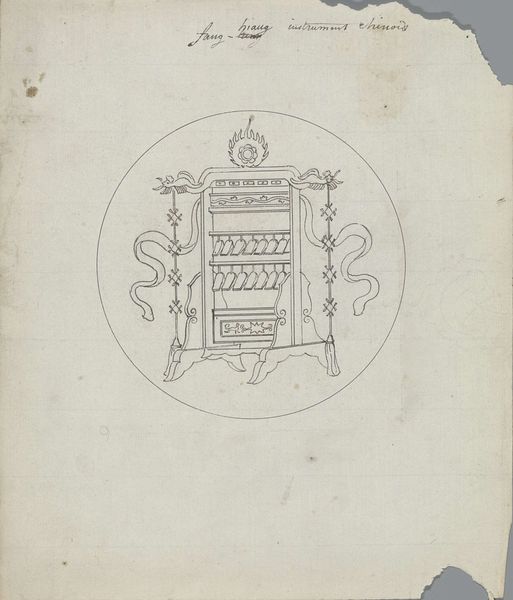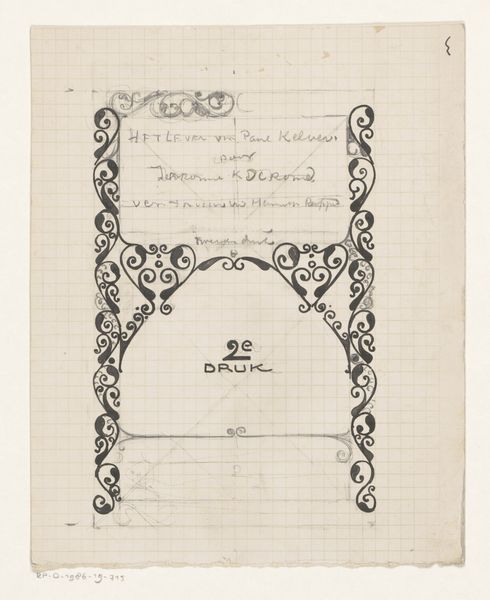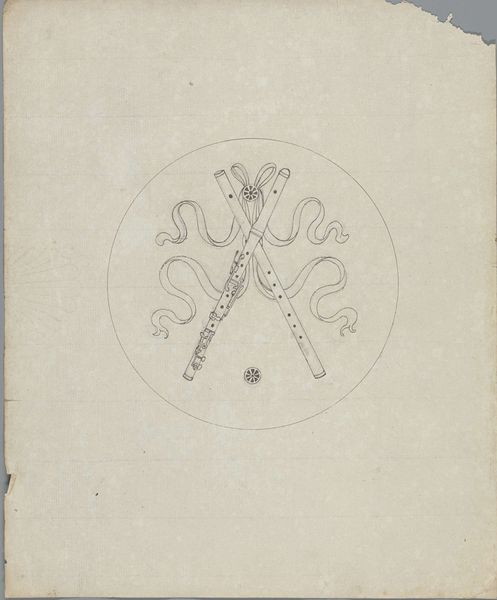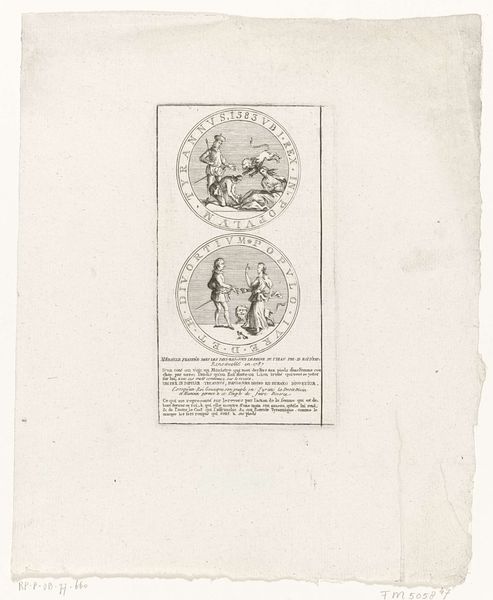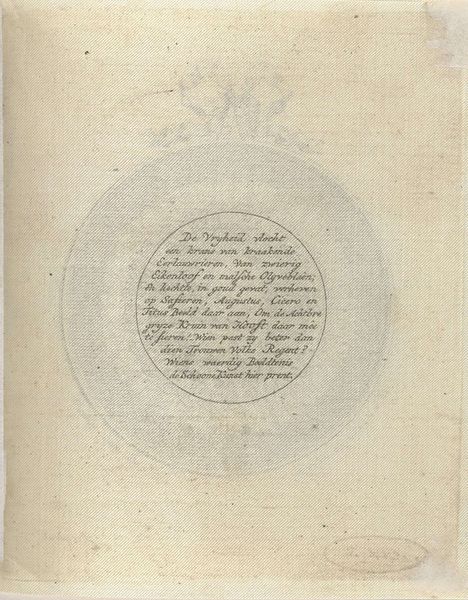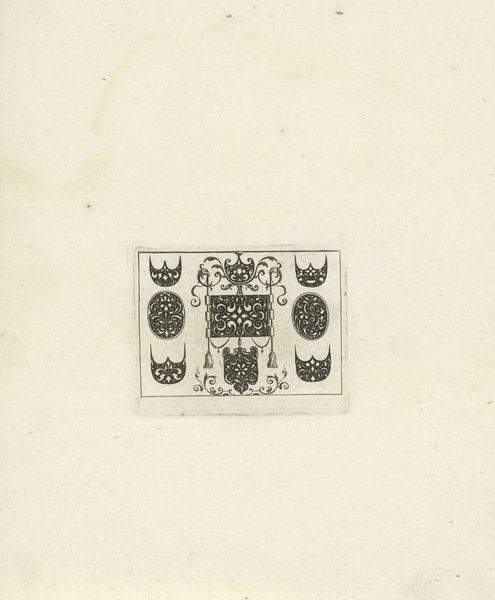
drawing, print, paper, ink
#
drawing
# print
#
paper
#
text
#
ink
#
line
Copyright: Public domain
Editor: Here we have "La Loi Solaire," a print, ink and drawing on paper, by Charles Meryon. The lines are crisp, almost architectural. But there is a disorganized collection of phrases scattered on the page... almost as if we're peering into Meryon’s private, obsessive thoughts. How should we approach this cryptic work? Curator: I find Meryon fascinating because of his complex relationship with societal institutions. Mental instability plagued him. "La Loi Solaire," lacking a specific date, speaks volumes about the cultural anxieties of the mid-19th century. Consider how rapid industrialization and urbanization impacted social and personal identity. This etching, ostensibly about the "Sun Law," is more likely about Meryon’s internal state, his perceived marginalization. Editor: You mean, he experienced institutionalization... which informed his art? Curator: Precisely. Notice the fragmented phrases, untethered to any clear narrative. Could this reflect the fractured nature of the individual psyche under societal pressure? Consider how mental health was viewed, or rather, *not* viewed in a positive way. His work invites us to confront uncomfortable truths about how society treats those deemed "other". The image has the key features of visual art used for subversive or resistive ends. Editor: That's really insightful. I hadn't thought about the broader cultural context. So "La Loi Solaire" becomes less about literal meaning, and more about social commentary? Curator: Absolutely. And consider the role of printmaking itself – its inherent reproducibility – in disseminating such commentary. Editor: Wow, I am re-thinking the importance of art and how the conditions of its production inform reception! Curator: Meryon helps us understand the public role of art when so many individuals have personal or social grievances.
Comments
No comments
Be the first to comment and join the conversation on the ultimate creative platform.
